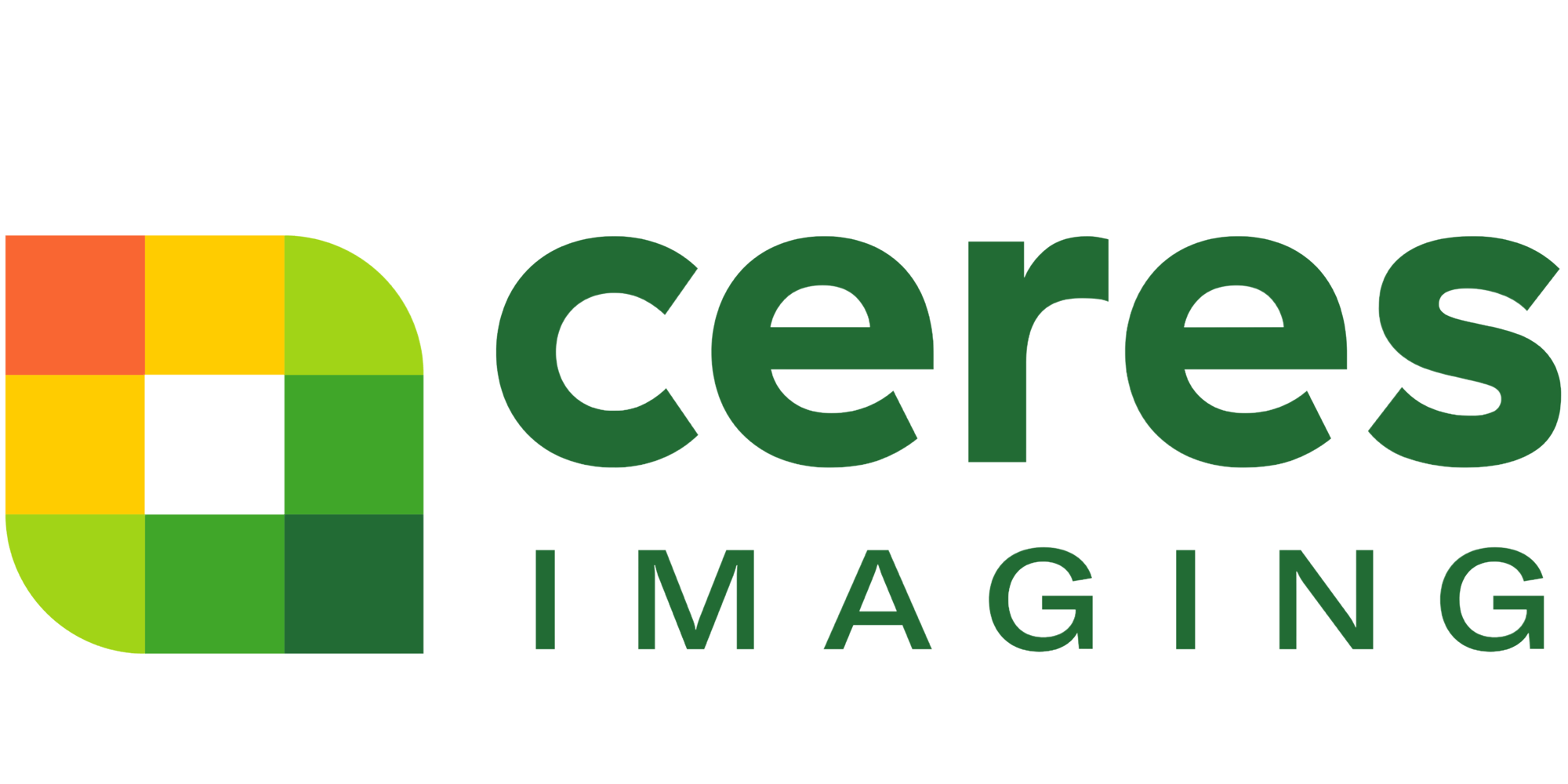Water stress index
Unlike traditional NDVI imagery—which reveals irrigation issues long after they impact plant health and yield—Ceres Imaging’s proprietary Water Stress Index provides a precise and accurate measure of crop stress in time for growers to make critical corrections.
.jpg)
Common uses
- Pinpointing common issues in both drip and pivot irrigation systems—including leaks, clogged emitters, pressure issues
- Optimizing irrigation system design and scheduling for terrain and soil conditions
- Improving distribution uniformity
- Selecting the best locations for moisture probes and other point-source sensors
.jpg)
How it works
By combining NDVI and thermal imagery layers, Ceres Imaging can assess the relationship between plant transpiration and the crop canopy's surface temperature.
The Water Stress Index presents this analysis as a simple and intuitive color classification, translating the complexity of multispectral imagery into an easy-to-understand representation of stressed and non-stressed areas of a field.
From imagery to action
High-resolution multispectral imagery is only the beginning. Our analytics tools help you interpret your data—translating what you can see in your imagery into what you can do about it.
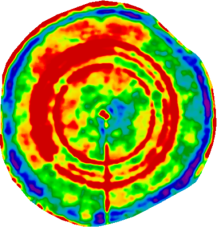
Clogs
The red rings show where a clogged nozzle has resulted in underwatering.
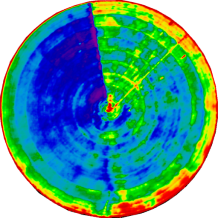
Pressure Issues
An irrigation pressure presents as a gradual increase in crop stress toward the edge of the field.
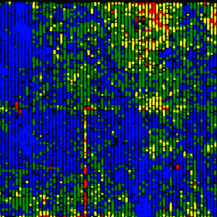
Damaged Equipment
The stressed area in this field was found to have drip hose damaged by rodents.
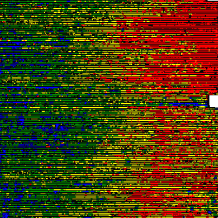
System Design
The irrigation system in this field needs improvements to match the terrain: the imagery shows underwatering on the uphill end of the field.
Ensuring accuracy
Ceres Imaging’s emphasis on quality begins even before we fly your fields.
Image capture
We capture imagery during peak daylight hours and under weather conditions that minimize distortion from shadows and cloud cover. Our highly sensitive, custom-built cameras detect minute changes in the multispectral range—allowing us to detect crop stress earlier than our competitors.
Processing and analysis
Imagery is geo-referenced and meticulously “masked” to ensure that only relevant information is evaluated. By making use of crop-specific data models and isolating the canopy from ground cover and other background noise, we prevent skewing of the data and enable a more accurate assessment of plant health.
Quality control
Imagery is assessed in-house by Ceres Imaging’s remote sensing experts, passing through multiple checkpoints before delivery in the Ceres Imaging app within 48 hours of the flight. Growers can access their data on a mobile device, tablet, or desktop computer.
More imagery and analytics
The difference between Ceres Imaging and other technologies I've used is the help I get from their expert team.
With Ceres Imaging we can take a more targeted approach to applying fertilizer and nutrients.
These flights can cover way more ground and provide more insight than a dozen soil moisture probes — and it's cheaper to implement.
The average Ceres Imaging conductance measurement from its imagery over the season has provided the best correlation with applied water.
